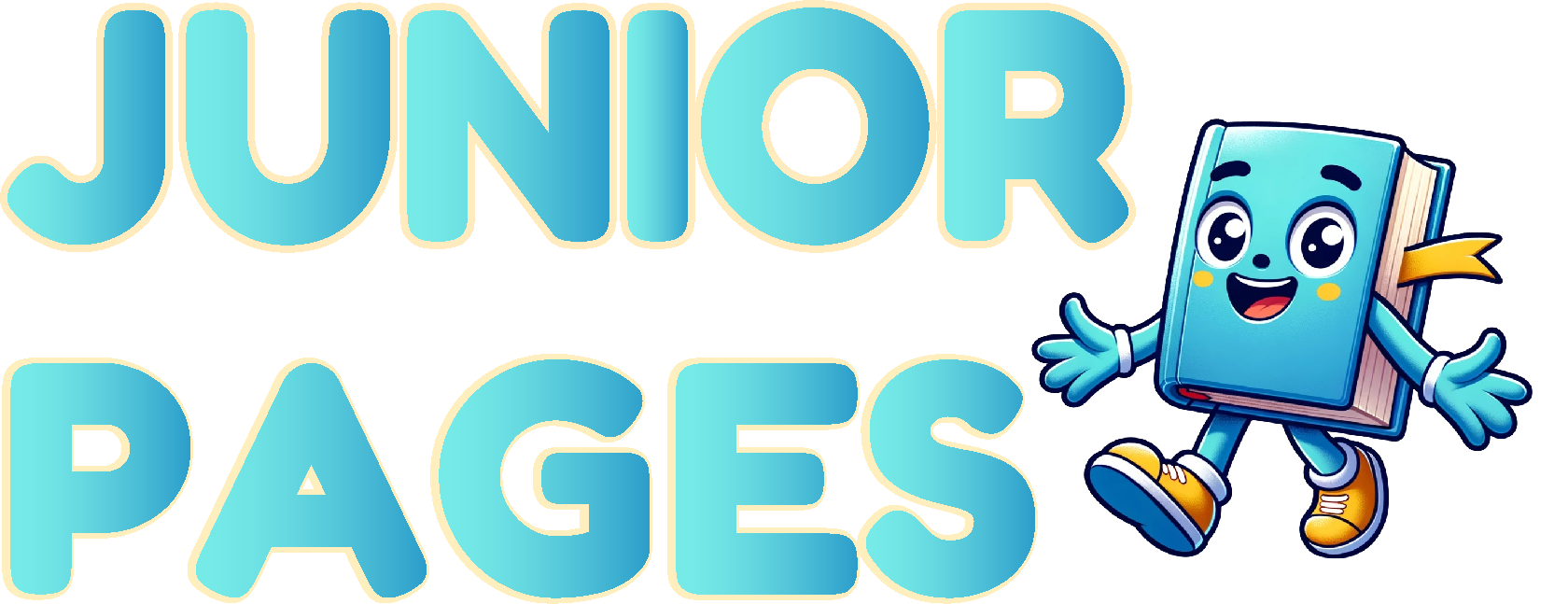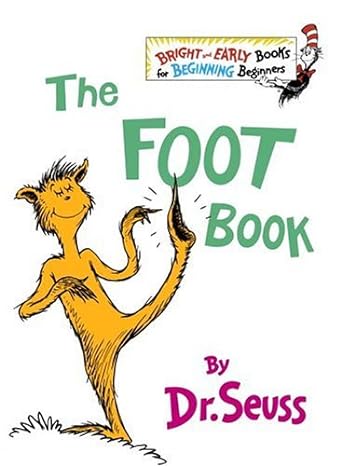“The Foot Book” by Dr. Seuss stands as a timeless classic in children’s literature, captivating generations with its whimsical charm and playful exploration of the world of feet. Since its publication, this delightful book has enchanted young readers and adults alike, becoming a beloved fixture on bookshelves around the world.
Dr. Seuss, known for his imaginative storytelling and distinctive illustrations, crafted this Book as a celebration of diversity, rhythm, and the joy of simply being oneself. Its popularity endures as a testament to the enduring appeal of Seuss’s work, which continues to resonate with audiences of all ages. In this article, we delve into the enchanting world of The Foot Book, exploring its themes, its impact, and the reasons behind its lasting legacy in children’s literature.
The Essence of The Foot Book
The Foot Book by Dr. Seuss is indeed a delightful exploration of opposites woven into the whimsical world of feet. Throughout the book, Dr. Seuss skillfully juxtaposes various opposites, inviting young readers to engage with concepts such as big and small, fast and slow, and high and low. Through vibrant illustrations and rhythmic text, Seuss brings these dichotomies to life in a way that captivates the imagination and sparks curiosity.
Each page of book introduces readers to a new pair of opposites, often accompanied by charming illustrations featuring colorful characters and their diverse feet. From the towering Giraffe’s high feet to the tiny feet of a bug, Seuss masterfully illustrates the breadth of diversity in the world of feet while simultaneously teaching young readers about contrasting concepts.
The theme of opposites serves as more than just a literary device; it is a playful invitation for children to explore the richness of language and the world around them. By presenting opposites in a lighthearted and engaging manner, Dr. Seuss encourages readers to embrace differences and celebrate diversity.
A Deep Dive into the Book’s Content
This book by Dr. Seuss typically consists of 24 pages. Its length is well-suited for young readers, as it provides a manageable yet engaging reading experience. The brevity of the book allows children to stay captivated from beginning to end without feeling overwhelmed. Moreover, the rhythmic and repetitive nature of Dr. Seuss’s prose makes it accessible and enjoyable for early readers, encouraging them to follow along and participate in the reading process.

Characters and Charm:
The main character in this Book is not a specific individual but rather a collection of whimsical creatures, animals, and people, each with their own unique feet. From long feet to short feet, clean feet to dirty feet, the book showcases a delightful array of characters and their diverse foot attributes. While there isn’t a central protagonist in the traditional sense, the charm of the book lies in its celebration of individuality and diversity through the various characters introduced on each page.
Illustrator of The Foot Book:
This Book was illustrated by none other than Dr. Seuss himself, whose real name was Theodor Seuss Geisel. Dr. Seuss’s illustrations are iconic for their distinctive style characterized by bold lines, vibrant colors, and whimsical characters. In this Book, his illustrations complement the playful text, bringing to life the imaginative world of feet with charm and humor. The characters’ exaggerated features and lively expressions contribute to the book’s appeal and make it visually engaging for young readers. Dr. Seuss’s illustrations not only entertain but also serve to enhance the narrative, making this Book a memorable and beloved addition to children’s literature.
Educational and Developmental Benefits
Foot Book by Dr. Seuss is a masterful tool for teaching children about opposites in a fun and engaging way. Through its whimsical content and charming illustrations, the book provides young readers with a playful exploration of contrasting concepts such as slow and quick feet.
Rhythmic Text:
Dr. Seuss’s use of rhythmic text in this book captivates children’s attention and helps reinforce the learning of opposites. The repetitive nature of the text, with phrases like “Left foot, left foot, right foot, right” and “Up feet, down feet,” creates a rhythmic pattern that allows children to anticipate and identify the opposites being presented.
Visual Contrast:
The illustrations in “Foot Book” provide visual cues that aid in the understanding of opposites. Characters with slow feet might be depicted in a leisurely manner, with relaxed postures and unhurried movements, while those with quick feet might be shown in dynamic poses, with exaggerated speed lines and energetic expressions. This visual contrast helps children associate specific characteristics with each opposite and reinforces their comprehension of the concepts.
Interactive Exploration:
This book encourages interactive exploration, inviting children to actively participate in identifying and comparing opposites. As they flip through the pages, children can point out the differences between various pairs of feet, such as big and small, fast and slow, or clean and dirty. This hands-on approach to learning fosters engagement and allows children to apply their understanding of opposites in a tangible way.
In conclusion, this book is a timeless classic that continues to captivate young readers with its playful exploration of opposites and whimsical charm. Throughout the article, we have explored several key points about the book:
Engaging Content:
This book engages children through rhythmic text, vibrant illustrations, and interactive exploration, making learning about opposites enjoyable and accessible.
Educational Benefits:
The book serves as an effective educational tool for teaching children about opposites by providing visual contrast, reinforcement through repetition, and opportunities for hands-on learning.
Celebration of Diversity:
Through its diverse cast of characters and their unique feet, this book celebrates individuality and diversity, teaching children to embrace differences and appreciate the richness of the world around them.
Timeless Relevance:
Despite being published decades ago, this book remains as relevant and beloved as ever in children’s literature. Its enduring popularity speaks to the universal appeal of Dr. Seuss’s storytelling and the timeless themes of curiosity, imagination, and acceptance that resonate with readers of all ages.
FAQs
- Is the foot book about opposites?
Yes, “The Foot Book” by Dr. Seuss is primarily about opposites. Through its playful exploration of contrasting concepts like big and small, fast and slow, clean and dirty feet, the book engages young readers in a whimsical journey of discovery and learning.
- What is the name of the character in the foot book?
In this book, there isn’t a specific character with a name. The book features a diverse array of whimsical creatures, animals, and people, each with their own unique feet, contributing to the book’s playful celebration of diversity and individuality.

